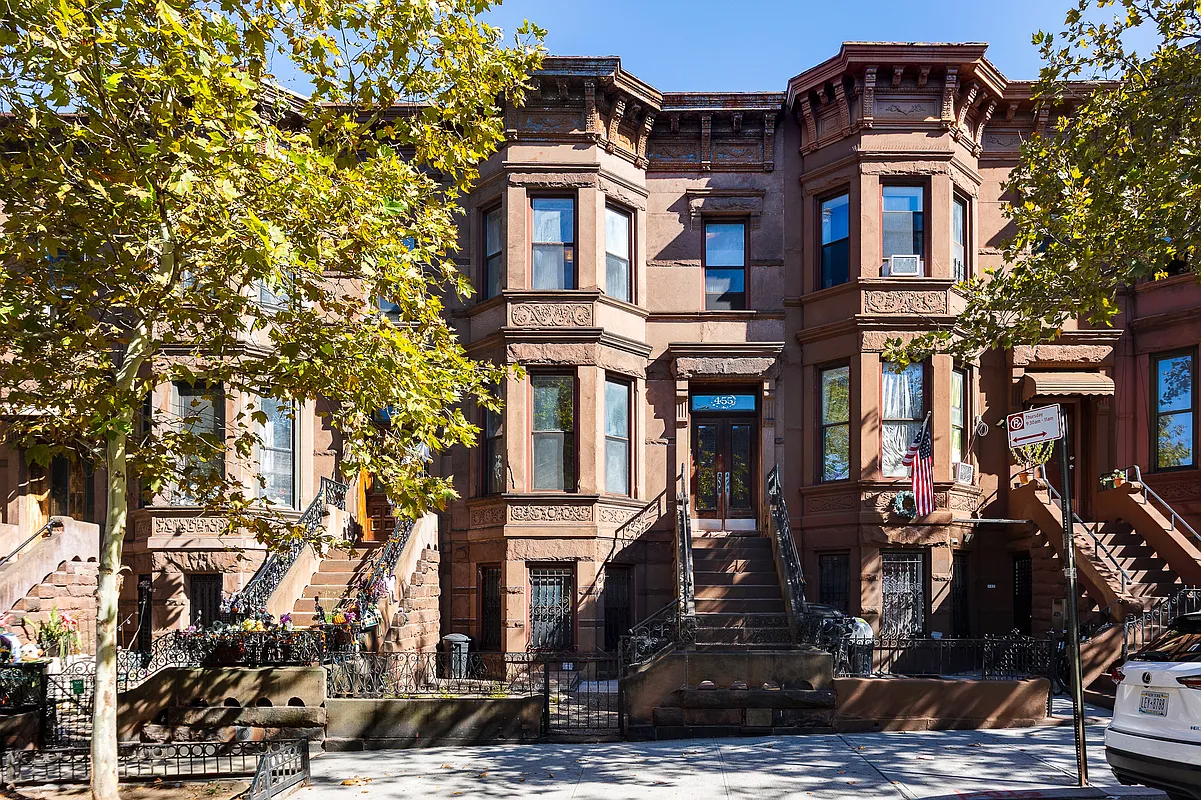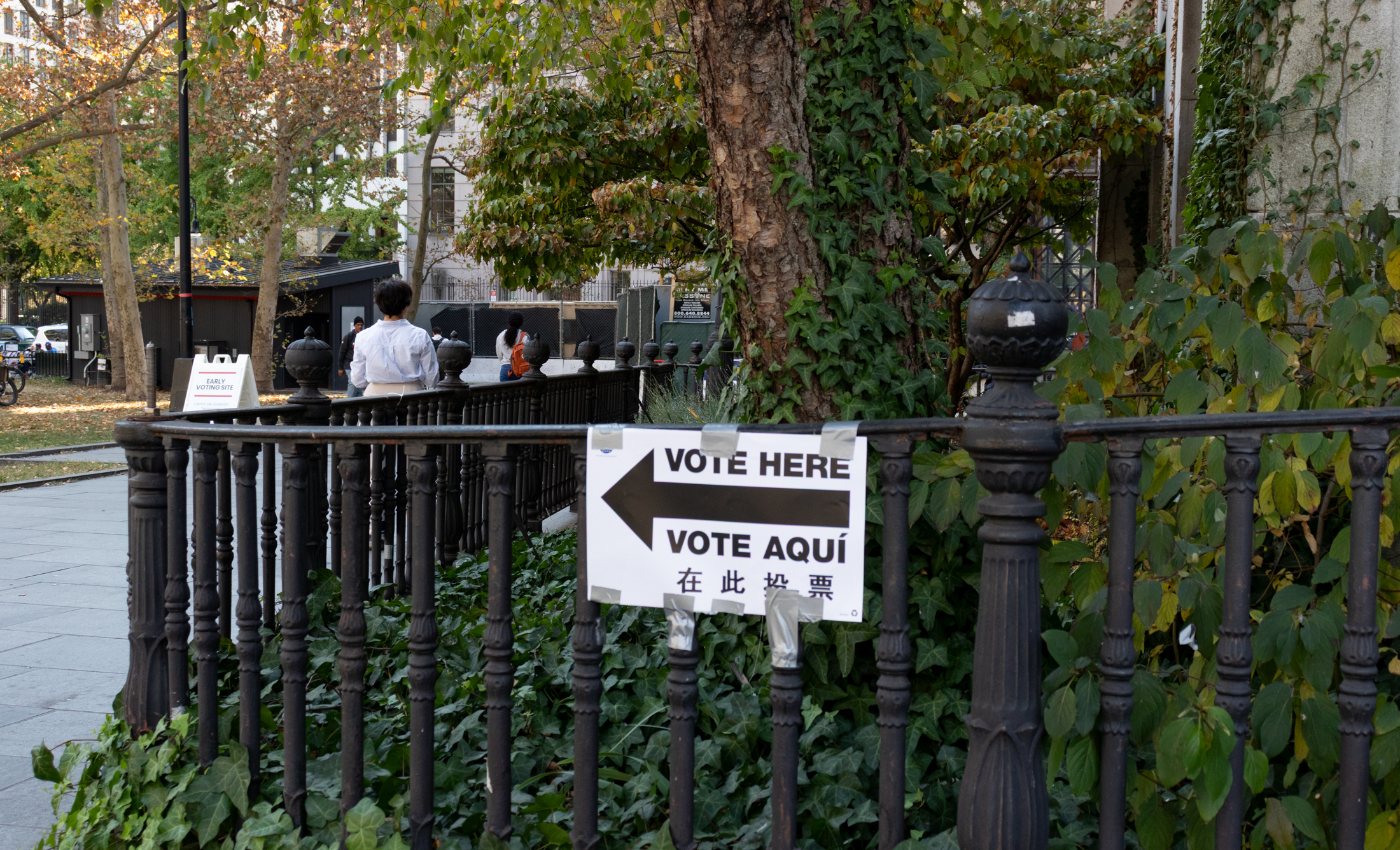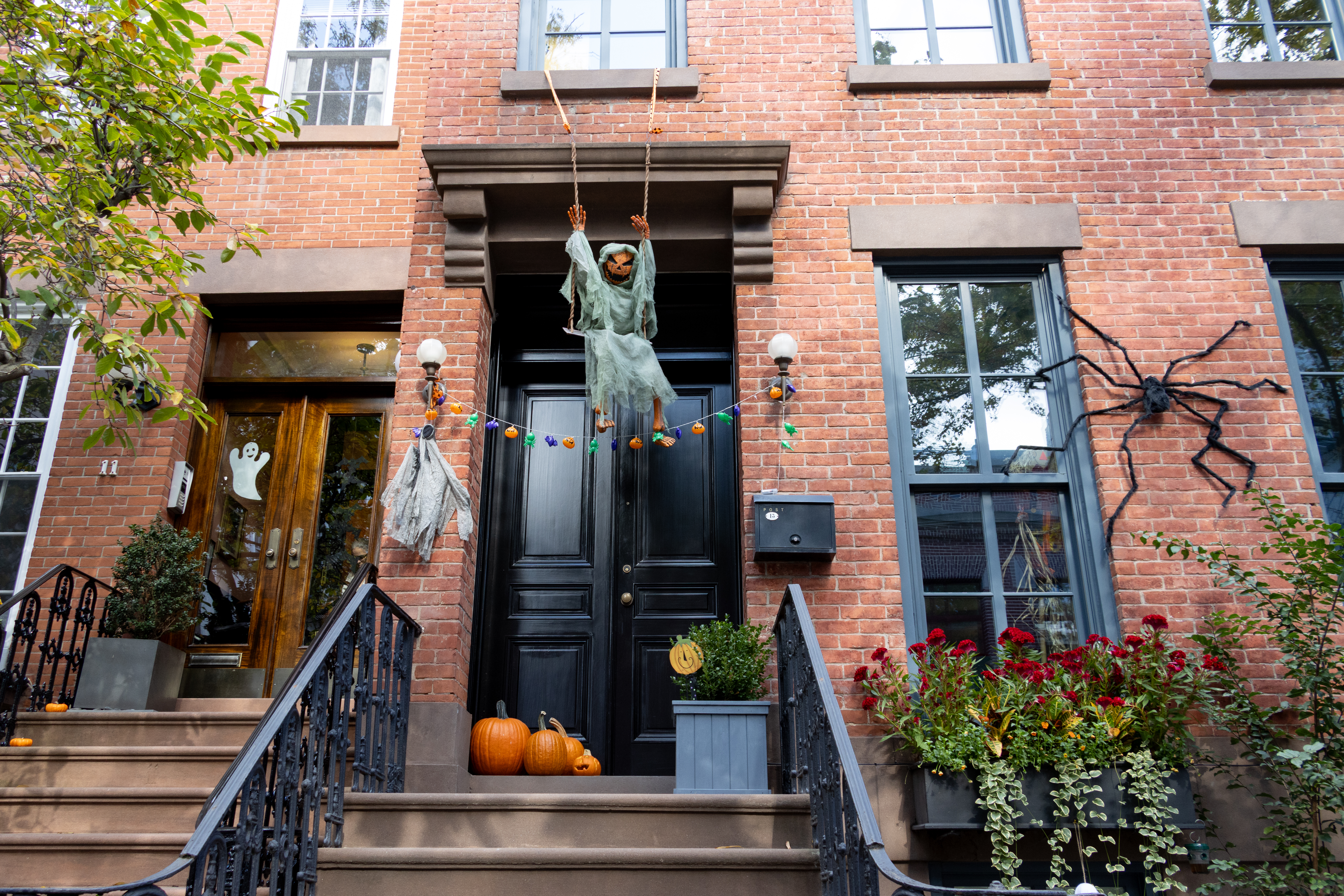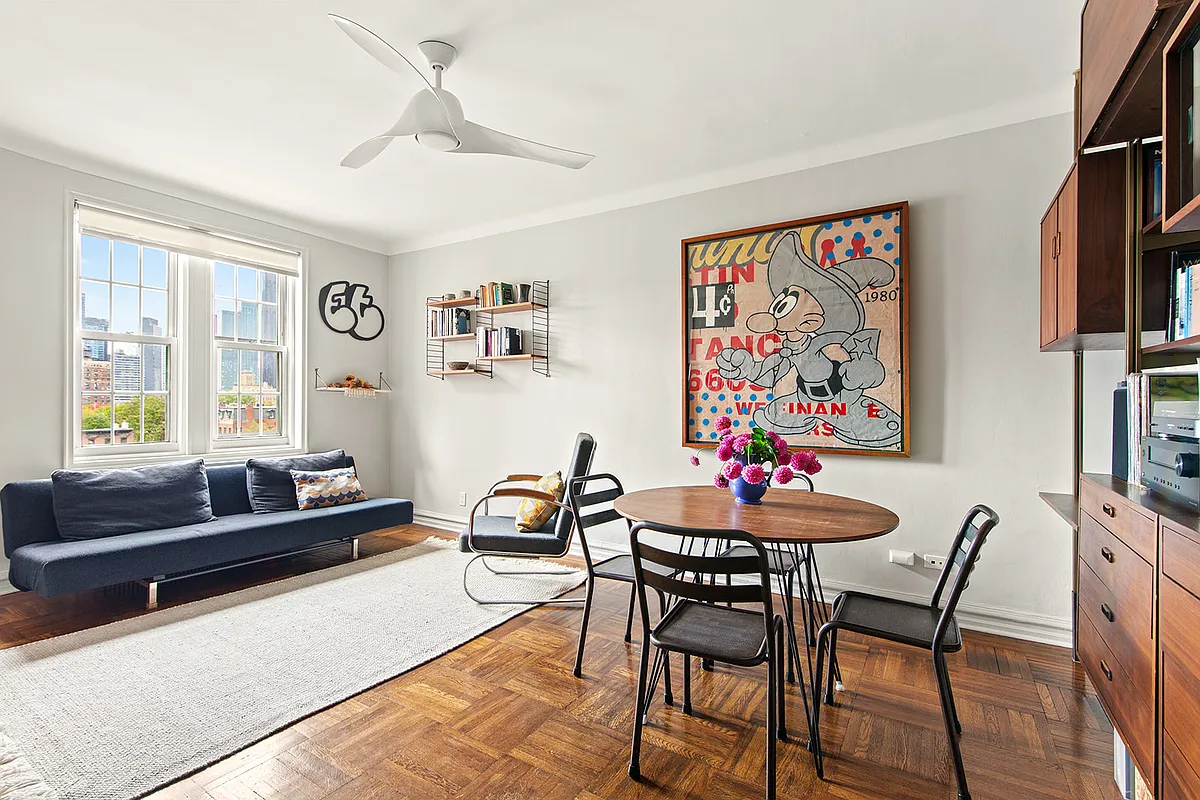The Projects-Dumbo Divide
The Daily News has an article about the class and quality-of-life differences between people who live in the Farragut Houses as opposed to neighboring Vinegar Hill or Dumbo: “Police sources said cops have investigated dozens of major crimes at the Farragut Houses in the past year, including shootings and robberies. The number of major crimes…


The Daily News has an article about the class and quality-of-life differences between people who live in the Farragut Houses as opposed to neighboring Vinegar Hill or Dumbo: “Police sources said cops have investigated dozens of major crimes at the Farragut Houses in the past year, including shootings and robberies. The number of major crimes in nearby DUMBO is closer to zero.” The article cites Census stats saying that the median income of people living in or around the projects is $20,995 while it’s $148,611 in Vinegar Hill/Dumbo; 7 percent of the former population aged 25 or older have a bachelor’s degree, whereas 74 percent of people in Dumbo/Vinegar Hill who are 25 or older have BAs.
Life of Poverty and Fear in Housing Project for Those in Shadow of Wealth [Daily News]





We all know that disparity of means exist side by side in NYC, but this article was a reminder. Things like this are easy to ignore in the day to day hustle.
The article reminded me to be grateful for what I have and in reading some of the comments ( not really those here, but the ones on the daily news site) it reminded me of how much work needs to be done to better people’s lives and change people’s attitudes.
retlaw must be getting old and have no kids to take care of him/her, or at best they won’t talk to him/her anymore.
wow retlaw- a hard ass positions, that. And not a realistic one.
The land of the PJs is far too valuable. We should move the projects away from DUMBO/Boerum Hill and place them farther out in Brooklyn.
I still think projects need to house the disadvantaged elder population. Let the younger ones find another place to live. Enough is enough, good luck.
They really should think hard about replacing the DUMBO/Ft Greene/Boerum Hill and moving all those folk out to Governor’s Island. The land is far too valuable to have the PJ’s there
You’re right, gemini10. Eighty-eight percent of NYCHA renters are working people; most of the rest either retired or on disability. The woman described in the article works as a home health care aid, a low-paid but important job. She deserves a higher income but as long as the rest of us don’t recognize her value, where can she and hundreds of thousands like her live in NYC?
The most painful portrait in the News piece is of the woman’s daughter, who’s in lock down in her apartment because of crime. Kids need to run around and play. It’s a critical part of their muscle and cognitive development. How many kids from poor families don’t do well in school in part because they can’t play? And how will long-time lack of play affect their long-term health, which turns into higher health-care costs for their families and the rest of us?
On my walks through NYC I occasionally cross housing projects. Some of them are pretty tidy and full of neighborhood life. The trees are big, softening the banal architecture. The playgrounds active. And, yes, as Heather writes above, they can look better than DUMBO. (Lewis Mumford compared Park Avenue unfavorably to housing projects, calling the richest slice of New York a “slum” because of its lack of open space.)
Housing projects, as qualified a success as they may be, deserve respect. Certainly the people who live in them do. And kids shouldn’t suffer because we haven’t figured out a way to make them safer.
gemini10 well if they are family…
I have to agree with fsrg. I don’t think his post warranted that response from jaguar.